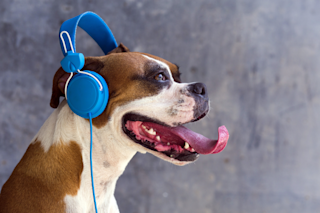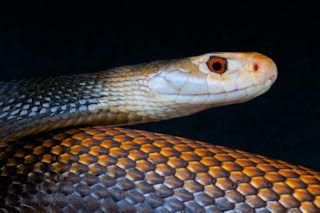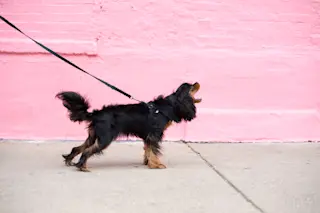Why is it that every time I try to insert a USB plug it's backward? Shouldn't it be right at least half the time by dumb luck? Whatever my problem is, a dextrous new robot doesn't have it. The robot's advantage is that its fingertips don't just feel—they see, too. Researchers at Northeastern University and (where else?) MIT created the plug-savvy bot. They started with an existing factory-worker robot called Baxter and gave it a pair of pinching fingers. Then on one finger, they added a shrunken-down and adapted version of a sensing technology called GelSight, invented a few years ago. GelSight creates a precise sense of touch by, essentially, combining it with vision. It uses a small box (below) surrounding a rubber surface that's coated in metallic paint. A different color of light shines across the surface from each of the box's four sides: red, green, blue, and white. ...
This Robot Can Plug In a USB But I Still Can't
Discover how GelSight technology for robots enhances robotic dexterity with precision for fine manipulation tasks.
More on Discover
Stay Curious
SubscribeTo The Magazine
Save up to 40% off the cover price when you subscribe to Discover magazine.
Subscribe












